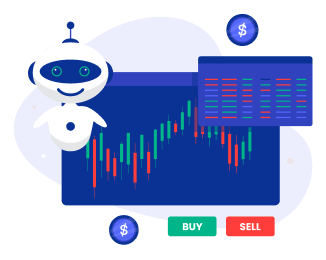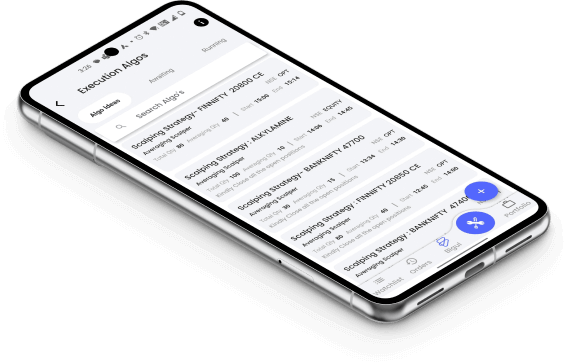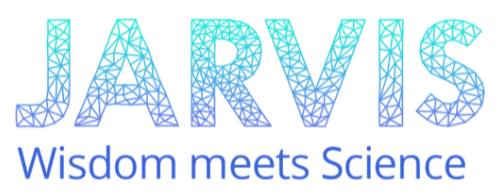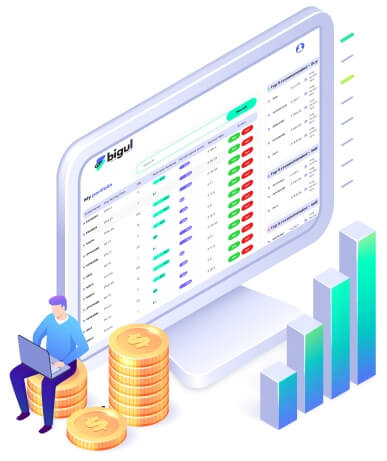Significance of PCR
The PCR (Put/Call Ratio) plays a significant role in market analysis for several reasons. Foremost, it acts as a valuable tool for gauging market sentiment in real time, offering traders insights into established market conditions. Secondly, by indicating the direction of price movements for underlying securities, PCR assists traders in making informed decisions and strategizing their trades accordingly. Thirdly, as a contrarian indicator, it helps traders avoid taking charge and act accordingly, as it can be interpreted by Holder and the writer in a different sense. Additionally, PCR offers insights into overall market behaviour by analyzing the trading patterns of participants. However, despite its benefits, PCR also has limitations that investors should be aware of to effectively navigate market sentiments. Understanding these drawbacks is crucial for investors aiming to ease risks associated with market sentiment fluctuations.

















